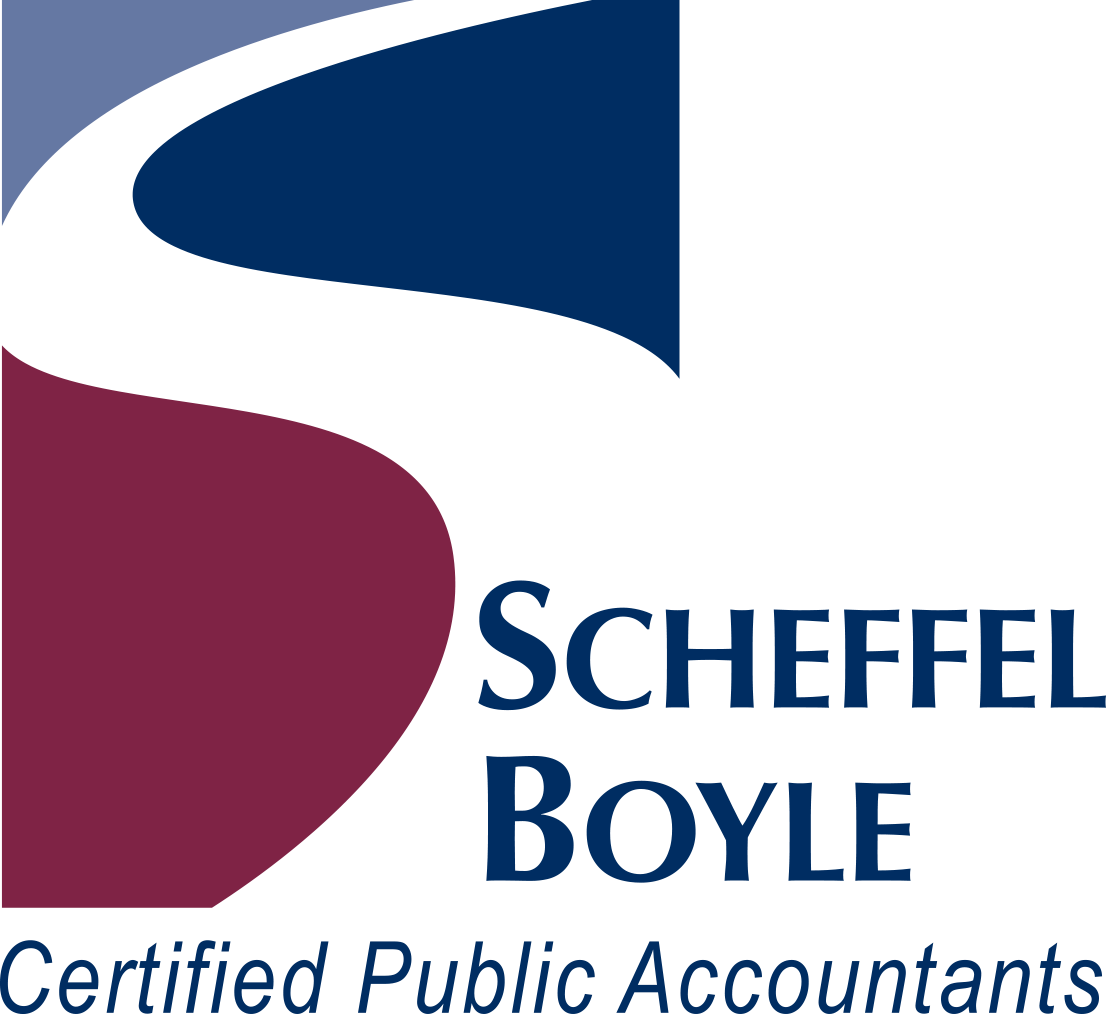Gig Workers, Know Your Tax Responsibility
Let’s say you drive for a ride-sharing app, deliver groceries ordered online, or perform freelance home repairs. If you do one of these jobs or a variety of others, you’re a gig worker — part of a growing segment of the economy.
In fact, a 2019 IRS report found that the share of the workforce with income from alternative, nonemployee work arrangements grew by 1.9 percentage points from 2000 to 2016. (That’s a big increase.) And, over 50% of this rise occurred during the period 2013 to 2016, almost entirely because of gigs set up online.
A Different Way
No matter what the job or app, all gig workers have one thing in common: taxes. But the way you’ll pay taxes differs from the way you would as an employee.
To start, you’re typically considered self-employed. As a result, and because an employer isn’t withholding money from your paycheck to cover your tax obligations, you’re responsible for making federal income tax payments. Depending on where you live, you also may have to pay state income tax.
Quarterly Tax Payments
The U.S. tax system is considered “pay as you go.” Self-employed individuals typically pay both federal income tax and self-employment taxes four times during the year: generally on April 15, June 15, and September 15 of the current year, and January 15 of the following year.
If you don’t pay enough over these four installments to cover the required amount for the year, you may be subject to penalties. To minimize the risk of penalties, you must generally pay either 90% of the tax you’ll owe for the current year or the same amount you paid the previous year.
The 1099
You may have encountered the term “the 1099 economy” or been called a “1099 worker.” This is because, as a self-employed person, you won’t get a W-2 from an employer. You may, however, receive a Form 1099-MISC from any client or customer that paid you at least $600 throughout the year. The client sends the same form to the IRS, so it pays to monitor the 1099s you receive and verify that the amounts match your records.
If a client (say, a ride-sharing app) uses a third-party payment system, you might receive a Form 1099-K. Even if you didn’t earn enough from a client to receive a 1099, or you’re not sent a 1099-K, you’re still responsible for reporting the income you were paid. Keep in mind that typically you’re taxed on income when received, not when you send a request for payment.
Good Record Keeping
As a gig worker, you need to keep accurate, timely records of your revenue and expenses so you pay the taxes you owe — but no more. We can help you set up a good record keeping system, file your taxes and stay updated on new developments in the gig economy.
Sidebar: Expense Deductions
By definition, gig workers are self-employed. So, your taxes are based on the profits left after you deduct business-related expenses from your revenue. Expenses can include payment processing fees, your investment in office equipment and specific costs required to provide your service. Remember, if you use a portion of your home for work space, you may be able to deduct the pro rata share of some home-related expenses.



